Government Allocate First £95m for UK Full Fibre Local Networks UPDATE
The Chancellor, Philip Hammond, has given his 2018 Spring Statement and confirmed the first £95m allocation from the government’s £190m Local Full Fibre Network (LFFN) challenge fund, which was setup to stimulate commercial investment in “gigabit capable” broadband (rural and urban).
Readers might recall that the same fund has already been used to fuel a £10m pilot of 1Gbps capable “full fibre” (FTTP/H) broadband connectivity across six areas of the United Kingdom (here). The initial pilots reflected a variety of different approaches, such as connection vouchers for businesses (i.e. up to £3,000 to help get the service installed), aggregated demand schemes and opening access to existing public sector infrastructure etc.
At the time the government said that its wider aim was to spread such connections to “key public buildings and businesses, with the expectation that this leads to broadband providers creating additional connections to local homes and businesses.” Despite the spin this LFFN programme is technically also open to “gigabit capable” fixed wireless networks, although we don’t expect to see too many of those.
Since then the government has been busy encouraging a broad range of local bodies (councils, LEPs etc.) – as well as health, education or transport bodies – to apply for the fund. This programme comes as part of the government’s expanded £31 billion National Productivity Investment Fund.
Today the Spring Statement 2018 allocated its first wave of funding for the Local Full Fibre Network (LFFN) scheme, providing over £95 million for 13 areas across the UK. Please note that the figures below reflect the amounts of funding bid for, not the final amount that will be awarded (all successful bids will be subject to due diligence before their final funding amount is confirmed).
| Location | LFFN Funding |
| Armagh City, Banbridge & Craigavon | £2.4m |
| Belfast | £11.5m |
| Blackpool | £3.0m |
| Cambridgeshire | £4.0m |
| Cardiff | £6.0m |
| Coventry, Solihulll & Warwick | £5.7m |
| Highlands | £4.5m |
| London | £8.5m |
| Manchester | £23.8m |
| Mid Sussex | £2.2m |
| Portsmouth | £3.9m |
| North Yorkshire (NYNet) | £15.1m |
| Wolverhampton | £4.9m |
Unfortunately we don’t get much of a breakdown to summarise the details of each project, although DCMS have provided a rough overall summary of what the bids cover.
The successful projects include:
* Using hospitals, health centres and GP surgeries as “anchor tenants” – providing a full-fibre “hub” which surrounding homes and businesses can then also be connected to.
* Upgrading schools, libraries and emergency response buildings to gigabit-capable full fibre connections.
* Strategic re-purposing of existing infrastructure, allowing full fibre to be rolled out at a fraction of what it would otherwise cost.
* Creating “fibre spines” along major transport routes and public building networks. These extend a supplier’s fibre footprint, making full fibre connections more available to surrounding homes and businesses.
The government also anticipates that the next wave of the Challenge Fund will open in Summer 2018.
UPDATE 2:55pm
The UK Internet Service Providers Association has sent in a comment.
Andrew Glover, ISPA Chairman, said:
“ISPA welcomes the announcement of the next stage of the Local Full Fibre Networks Challenge Fund, with half of the £190m fund to be allocated to help roll out full-fibre to local areas. ISPA has been working with members and Government to maximise the impact of the fund and we look forward to receiving a further update. We further welcome the £25m allocated for the first six 5G testbeds.
Long term investment in the UK’s telecoms networks, including through the LFFN Challenge Fund, remains a key priority in delivering reliable and leading edge communication services. In addition to targeted support, Government must also continue to reform and remove barriers to broadband rollout to ensure the UK remains well connected and able to compete in a global digital economy.”
UPDATE 3:34pm
The boss of rural fibre optic ISP Gigaclear has also sent in a comment.
Matthew Hare, Gigaclear CEO, said:
“It’s encouraging to see the Government pledge to improve the UK’s digital connectivity in the Spring Budget, with full fibre front and centre. We are finally seeing the Government and the wider telecoms industry prioritising investment to roll out the necessary infrastructure.
However, I urge the Government to progress at pace. The additional funding is a step in the right direction, but I would like to see a plan to connect every property in the UK to future-proofed, full fibre broadband in the not-to-distant future. This is the only way we can guarantee the future of the UK’s digital economy.”
Mark is a professional technology writer, IT consultant and computer engineer from Dorset (England), he also founded ISPreview in 1999 and enjoys analysing the latest telecoms and broadband developments. Find me on X (Twitter), Mastodon, Facebook and Linkedin.
« Full Fibre Broadband May Deliver £120bn Boost to 100 UK Cities and Towns
Latest UK ISP News
- FTTP (5665)
- BT (3551)
- Politics (2582)
- Openreach (2333)
- Business (2310)
- Building Digital UK (2264)
- FTTC (2056)
- Mobile Broadband (2020)
- Statistics (1818)
- 4G (1707)
- Virgin Media (1659)
- Ofcom Regulation (1488)
- Fibre Optic (1417)
- Wireless Internet (1411)
- FTTH (1382)
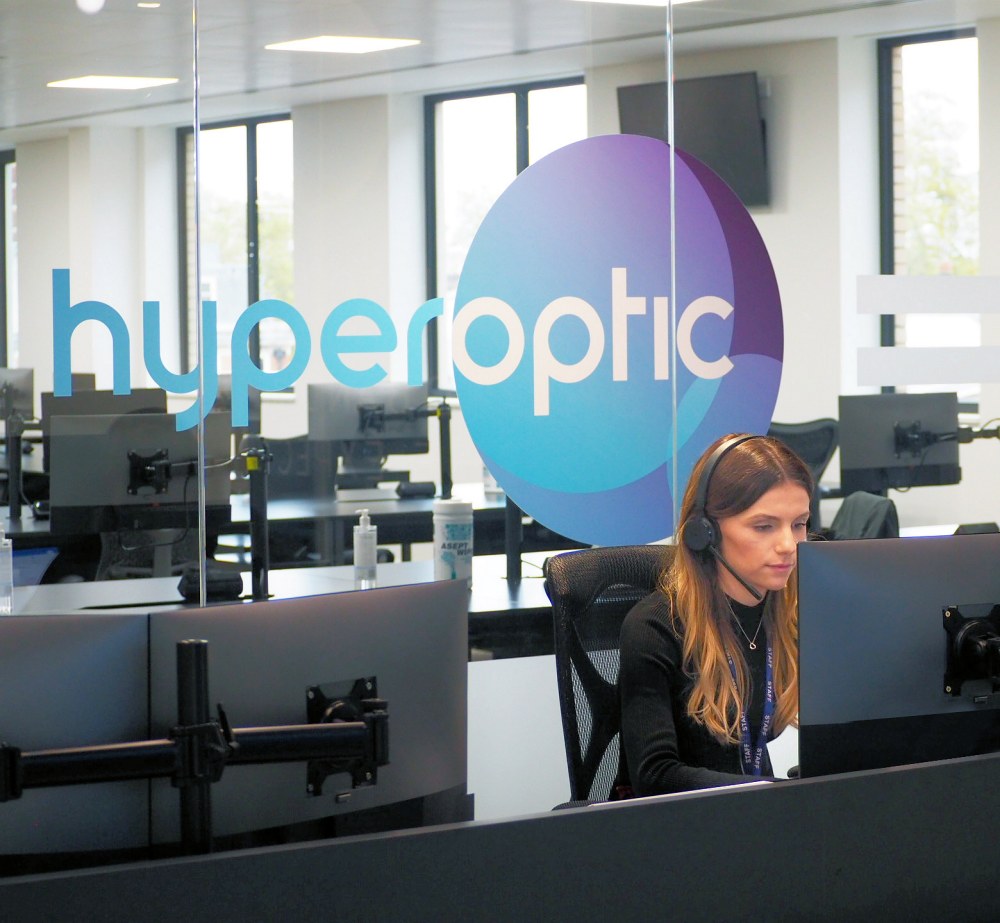































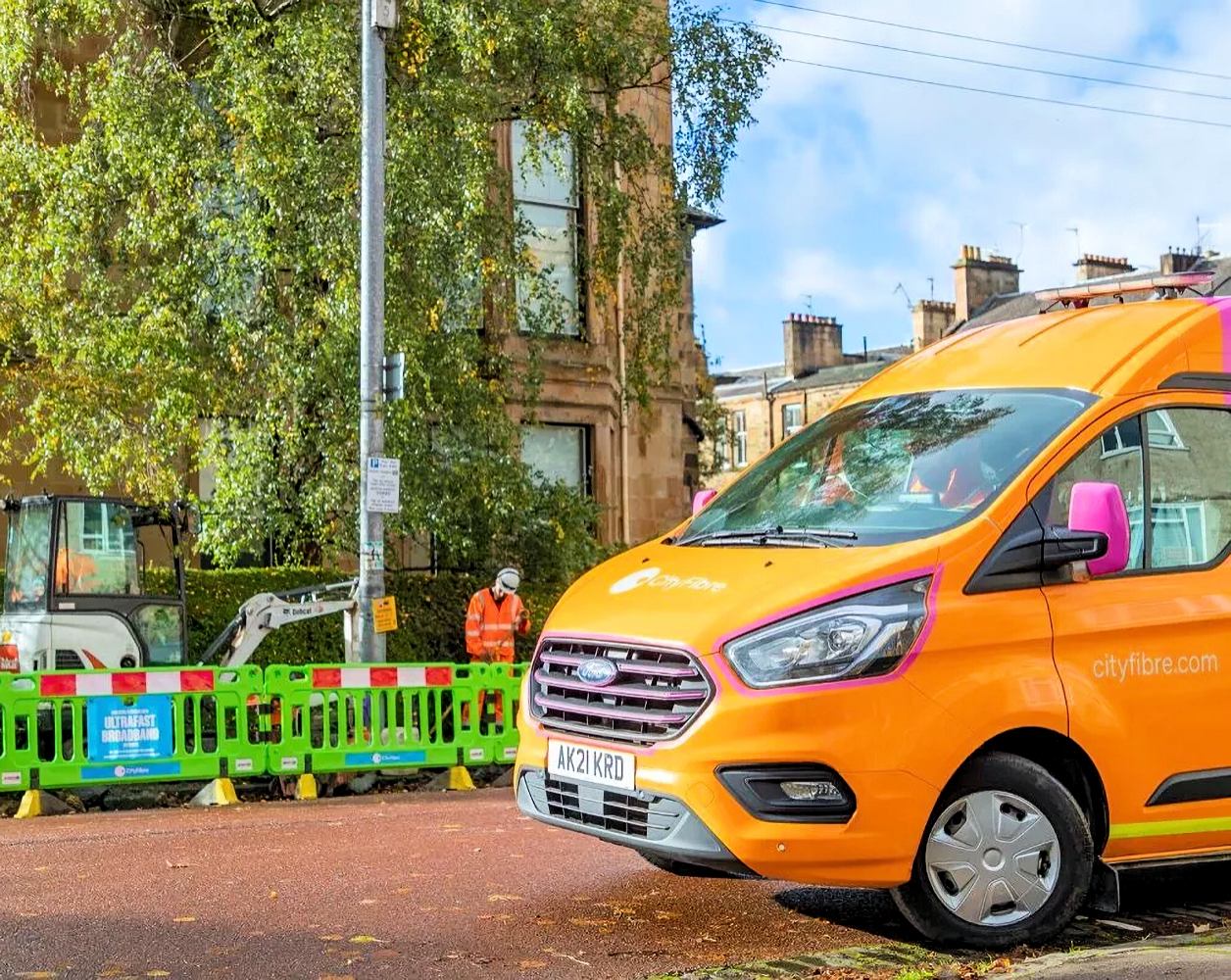





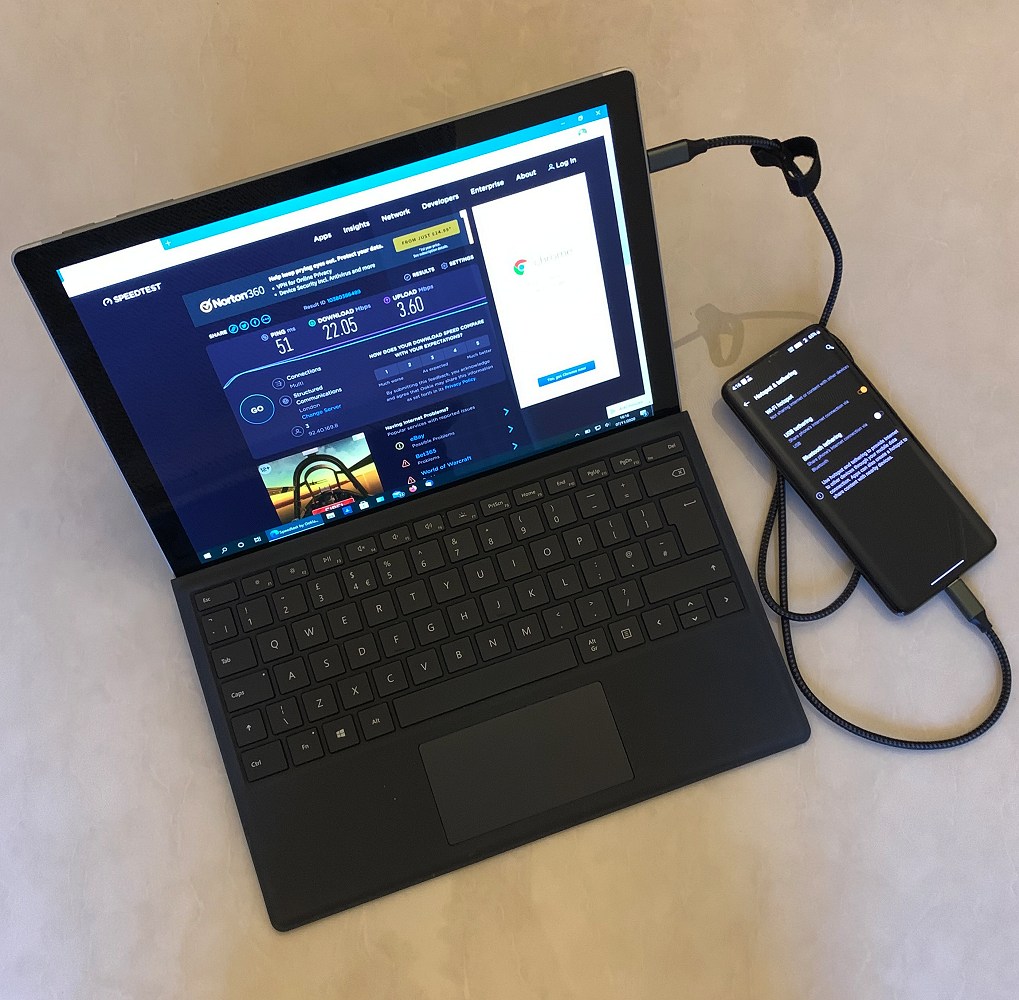


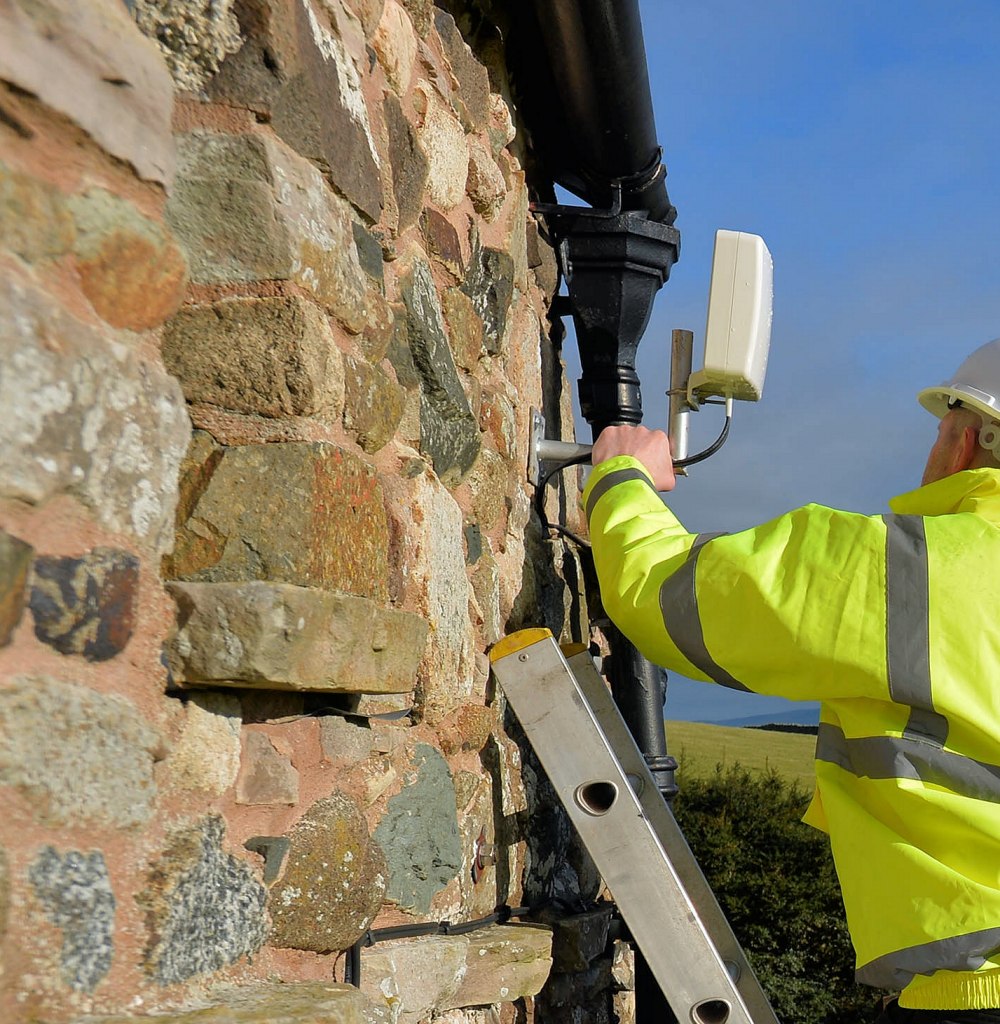






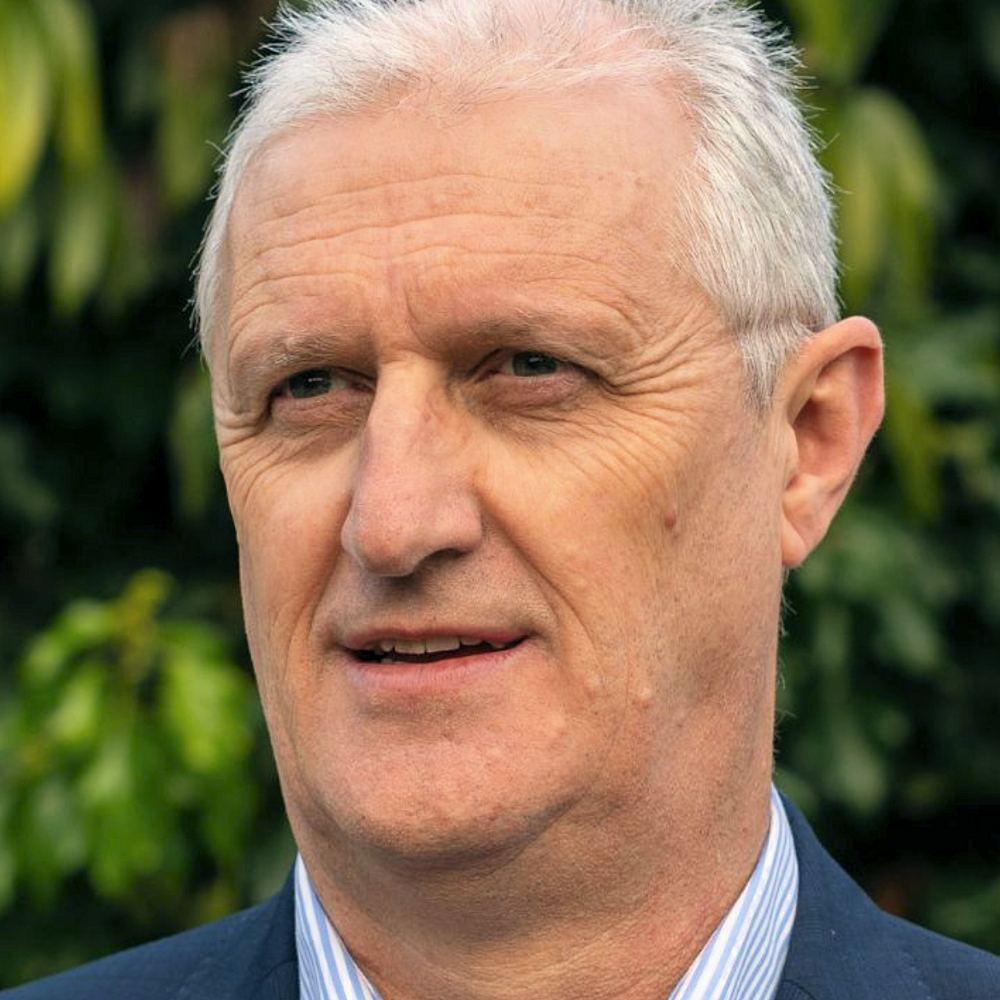

Let’s stop pussyfooting around. Picking figures out of the air about the benefits of a digital economy without any idea of what we mean. If we want to spend the money, we need to start making the savings to pay for it now.
Set an end date, say two years time, April 2020, for all secondary and first degree education and post 12 years (child) primary care to move on-line. There are logistical issues, but they’ll get sorted with the will, and getting rid of the waste of staff and premises will make the savings to fund it, and help to generate more productive employment for those affected.
It’ll also deal, properly done, with the historic “it’s-who-you know-not-what you-know” society that has always held this country back, and stop paying for privilege; giving everyone the same access. It’ll also release uncontroversial brownfield land for housing, which successive Governments are always so concerned about.
We want a digital economy, well let’s set about having one and all the pundits can put their money where their mouth is! We could be a world leader for once, like the politicians keep telling us!
And of course once we’ve started then more and more (primary education, for instance and the remaining bricks-and-mortar retail, and services) can move on-line as people get used to it, increasing efficiency, accessibility and choice, and boosting the digital economy; and reducing public expenditure and taxes so everyone becomes richer. And there is less opportunity for child and other forms of abuse, which at the end of the day depend upon physical contact), the scourge of our times. The associated tracking can make crime easier to deal with, too. Win, win! We just need the will!
I take it you’ve not seen the state of the education system in the US then? Nearly 40% of kids in the US are home schooled.
Who’s going to pay for the childcare? If you are going to move schooling online, that will mean for a lot of parents that they won’t be able to work as they will not only have to look after their children, but also act as a teacher.
Most of the schools that I’ve visited (when I’ve had to sort out their IT issues) have got a higher speed per pupil than the housing that surrounds them.
Not everything works better online.
“Set an end date, say two years time, April 2020, for all secondary and first degree education and post 12 years (child) primary care to move on-line.”
That’s barking mad. You are seriously proposing that 11 year old children are going to study online, presumably at home. Who is going to look after them and supervise them given we are in the era of two working parents? Do you realise just how much will be lost with the loss of social interaction with other children at school? School is a lot more than just drilling academic knowledge into kids.
@Justanotherfileserver
Where on Earth did you get the statistic that 40% of American children are home schooled? The latest official statistics are that the percentage of school aged children being home schooled as about 3.4%, which is less than a tenth of your number. Of course the percentage of school aged children who will have been home schooled at one point will be higher than 3.4%, but it’s inconceivable it would be remotely close to 40%.
That’s not to say I don’t think the idea of making of turning all children from aged 11 upwards into on-line students is anything but dingbat crazy (and on a two year timescale). But that’s no reason to quote unsubstantiated statistics.
https://hslda.org/docs/news/2013/201309030.asp
@Steve Jones I think your link that you posted is just a little out of date (well 19 years out of date as it’s from 1999)
My family is from the US and still live there, so I know exactly what is happening with their education system.
3.4% seems to be a 2012 number, up from 1.7% in 1999
https://www2.ed.gov/about/offices/list/oii/nonpublic/statistics.html#homeschl
40% home schooling – would not surprise me if this probably reflects more of a desire to not have your kids mown down by automatic fire than anything else. 🙁
@wireless pacman that’s one of the biggest reasons why the amount now home-schooled has increased dramatically in the last two to three years.
Sounds like the mad ramblings of someone without children…
Having had one child go through GCSE’s in the first year that the 9-1 grading system was introduced, I have to agree with TheDude… even small changes can be catastrophic to schooling, and only parents & teachers can really appreciate just how.
On the other hand, the school was also one that introduced a one-ipad-per-student policy, and it radically changed interaction. How about homework where you could choose the way it was handed in … allowing audio, video and graphic options. Perhaps not in the GCSE years, mind.
I think there are good things that can come from online access, but one of the promising options is one where you almost reverse the process of homework and schooltime. A “lecture” can be online, while the contact time in the school building can really focus on what was found to be tricky. Won’t work for everyone, though.
@JustAnotherFileServer
Sop as well as producing fictitious statitics, you can’t ever understand a link I sent you? That article was written in 2013, and the estimate of 3.4% was for 2012 (which seems to the latests official estimate available). The 1999 statistic was the first estimate, not the most recent (as it clear from the article).
I await your source for the 40% claim.
@Steve Jones Could you point me to which line on that link actually says 2012? No you can’t. That’s because it doesn’t talk about 2012 at all. The link you have provided is way out of date and instead of just admitting you made a mistake, you instead did your usual I will throw insults at you attitude.
You only have to do a quick search on the internet to say how many schools in the US now lay abandoned (in fact people are now making money on youtube by showing these abandoned buildings).
The likes of the BBC and Sky don’t show the real story of what’s been going on the US.
(sighs) Steve is correct.
https://nces.ed.gov/pubsearch/pubsinfo.asp?pubid=2015011 is the original data.
Media reports of the data are easy to find:
https://www.cnsnews.com/news/article/terence-p-jeffrey/1773000-homeschooled-children-618-10-years
The data period is to 2012 as Steve said. When you’re in a hole, Fileserver, stop digging.
@Joe Shock news for you, it’s not 2012 anymore. A lot of things have changed since then. #BangsHeadOnBrickWall
Have you been to the US lately?
We’ve provided data you’ve given nothing but unsubstantiated opinion. Hashtags aren’t going to impress anyone.
“The data period is to 2012 as Steve said. When you’re in a hole, Fileserver, stop digging.”
Once AGAIN the idiots ramblings amount to nothing but made up crap.
@Joe and Mike (or the same person) I don’t think providing data from years ago actually backs up anything you have said that leads to proving todays situation. Can you provide data for 2017 at least? I suspect that you are a person from the fake news society and does not believe in what is real.
@JustAnotherFileServers
You still haven’t provided one source to backup your 40% home schooling claim. Of course, the data is a 5-6 years old, but are you seriously suggesting that home schooling has increases by a factor of 12 in that period? That’s simply crazy.
@Steve Jones You have failed yet again to read anything that I’ve posted. If you had then you would have done a simple internet search like “abandoned schools in US” to see how bad the situation is.
Instead you keep banging on about data you have posted that is nearly 20 years old. I have asked if you could provide recent data (i.e. from 2017 at least) but seem to ignore that (I wonder why?)
I’ve even suggested you look on youtube as so many people have documented this problem (not just with figures, but with actual video showing the problems) but you won’t even do that either. It seems to me like you just want to troll for the sake of it.
I concur with Justanotherfileserver. Too many ghost cities here in the US. To those that want to try and roast JAFS rather than except fact, you need to be in a sanitarium.
“@JustAnotherFileServers
You still haven’t provided one source to backup your 40% home schooling claim. Of course, the data is a 5-6 years old, but are you seriously suggesting that home schooling has increases by a factor of 12 in that period? That’s simply crazy.”
Do not expect the pond life to make any sense any time soon.
@Mike I know you’ve been blinded by the likes of the BBC and Sky lies. The reality is that everyday in the US major schools are closing because pupil attendance has gone to zero. Large shopping malls are also closing on a daily basis. This is happening not just in one or two towns and cities, but all over the US.
Yes it is that crazy. Sorry that you were not aware how bad the US has got (thanks to the media).
We complain in this country about our town centres closing down, but that’s nothing in comparison to what is happening in the US.
In our school district at the start of 2017 there were 602 schools, now there is only 308.
@Mike Now that you’ve lost at being a troll, you’ve now decided to post racist comments.
You are right i have lost to a complaining KING TROLL
its all well and good putting money aside, but lve been noticing that quite a few of these government funds that have been put aside end up not being spent.
or being spent on things it wasn’t meant for
As usual. Nothing for Kent.
North Yorkshire reports that “The money will be used to connect nearly 400 public sector sites with fibre broadband across 16 towns.” Though perhaps they need to use a better description than mere “fibre broadband”.
https://www.northyorks.gov.uk/news/article/ps151m-boost-fibre-broadband-infrastructure
NYNET has been around for a while, doing just this kind of work – connecting public sites, and offering backhaul for small projects. It’ll be interesting to see if this can spur some growth in access networks.
Likewise, I’m not surprised to see CSW bag a chunk. I am surprised at the size of Manchester’s allocation, though. I wonder what they intend to do?
Be nice to have some funding in Birmingham….
Closest chance my area got of getting any upgrades is from CSW projects… and that’s unlikely